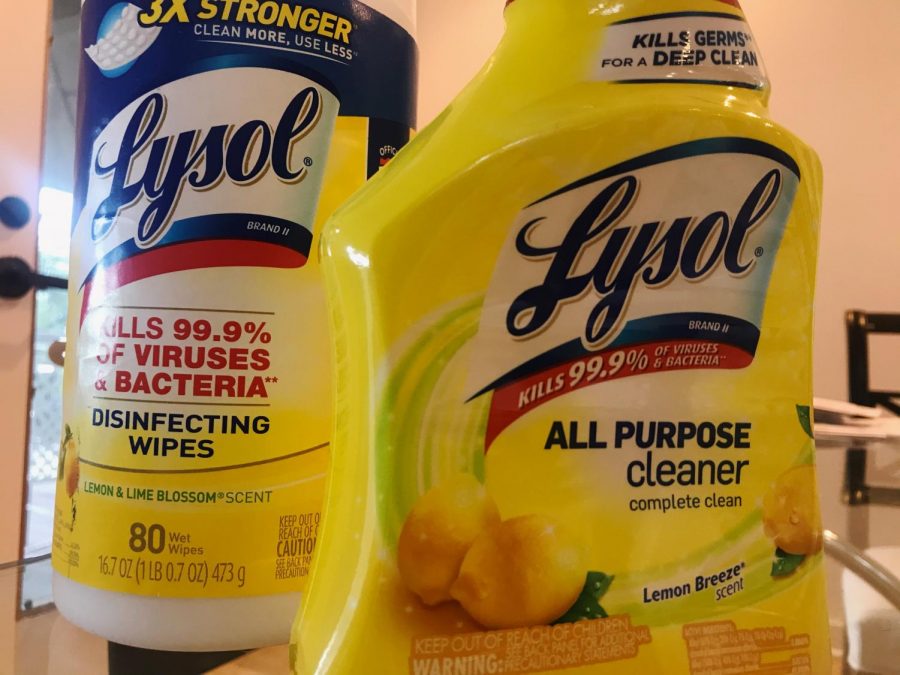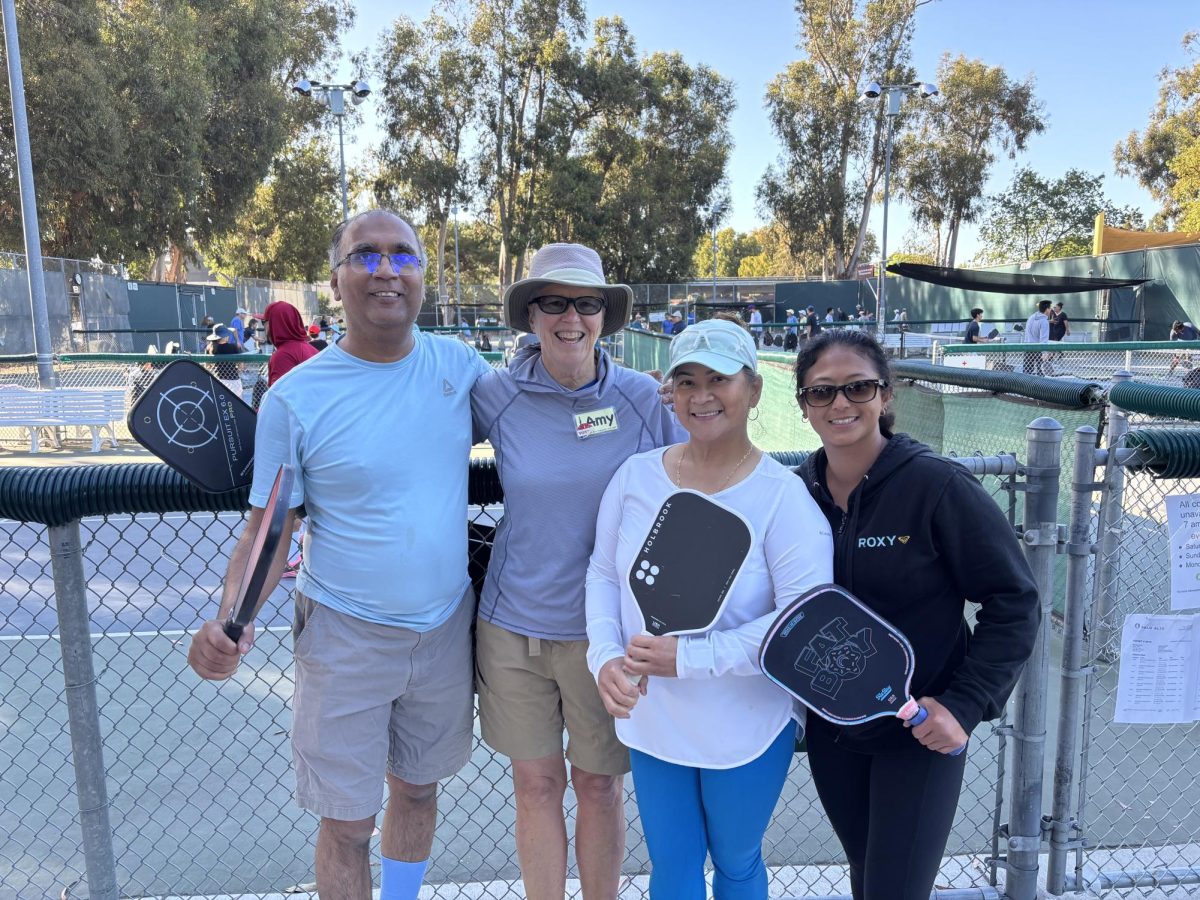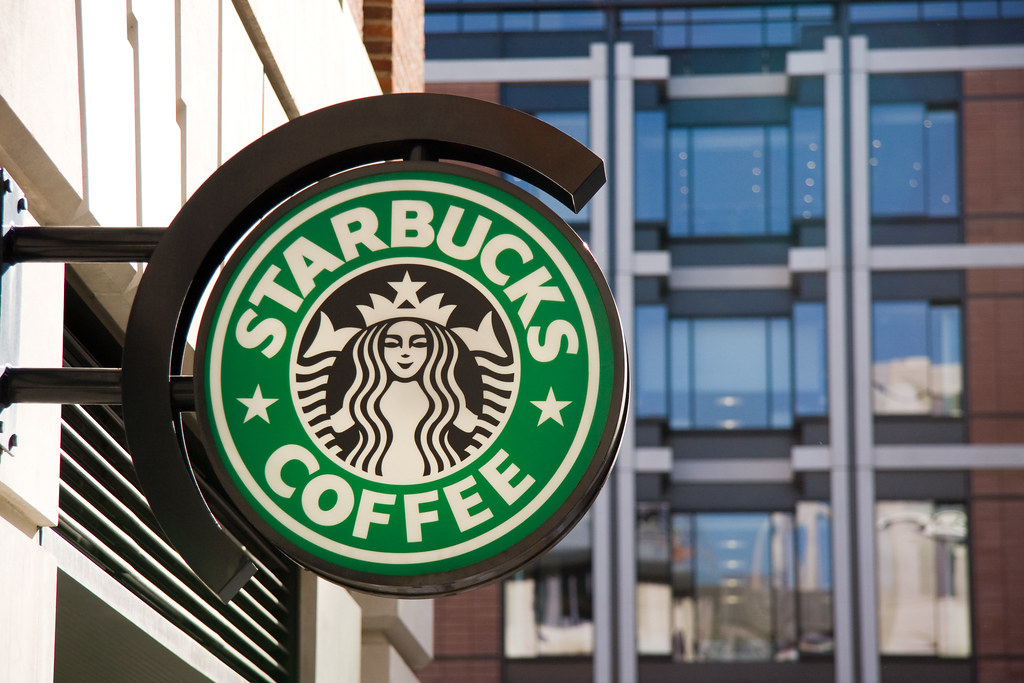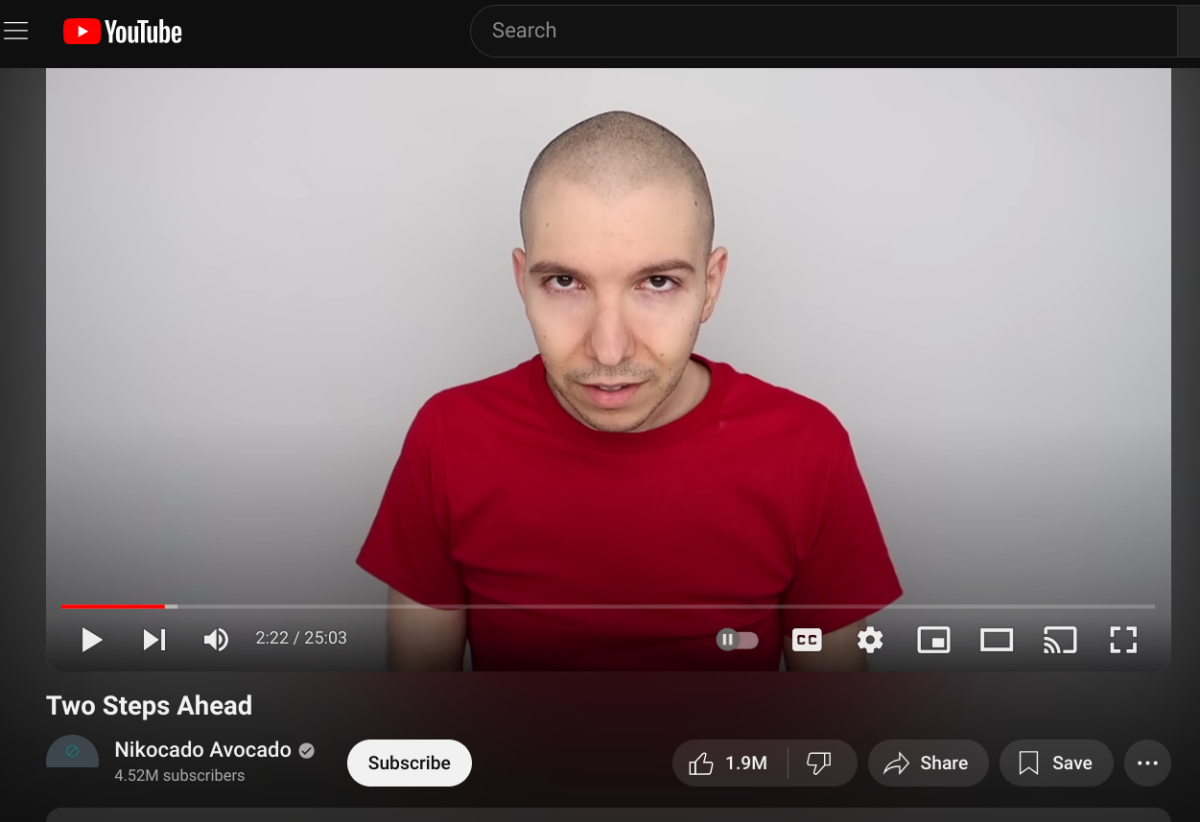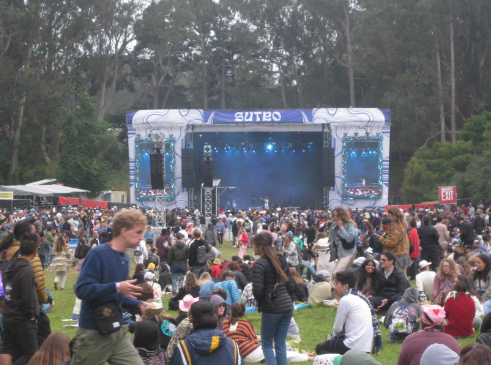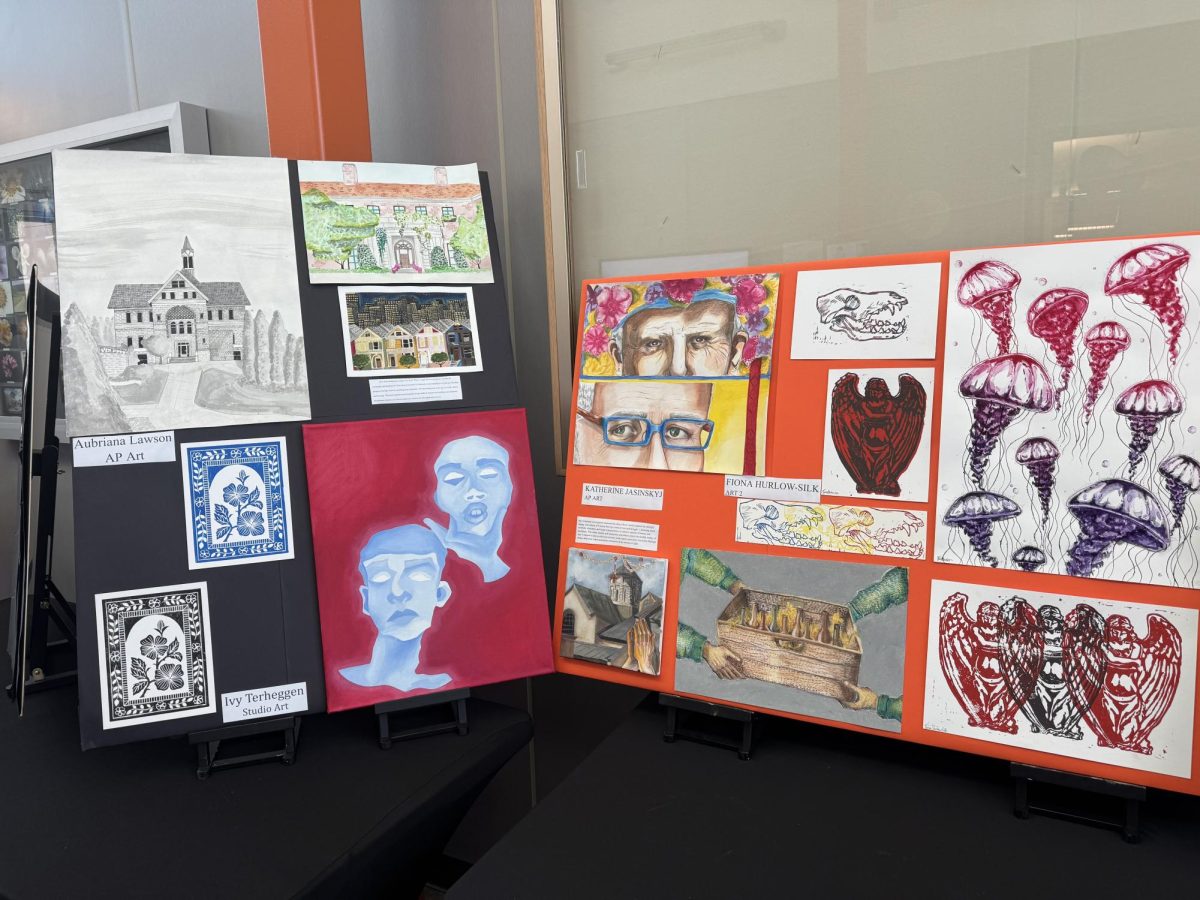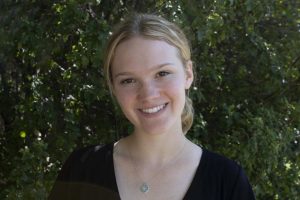My mother has a way of predicting when things may become much worse than they initially appear.
I remember leaving for school on the first day back to school from winter break, the first day of second semester. As I was putting my jacket on, my mom started to tell me about the COVID-19 cases in Wuhan, China, warning me to not let my immune system become compromised by my usual lack of sleep while in school. It was the first time I had heard about it, and I hadn’t felt too worried about it yet.
As cases began to show up in other countries, the United States, California, then the Bay Area, my initial lack of concern quickly dissipated, and was replaced with constant worry, and not just for my own safety and health.
My older sister has an illness called postural orthostatic tachycardia syndrome (also known as POTS), a severe illness of the autonomic nervous system. My father is a recovering cancer patient after getting through difficult radiation treatment in January. This places two of my closest family members in the “high-risk” group, meaning that if either of them were to get the virus, they would be much more likely to suffer severe complications or death. My sister especially would likely require hospitalization and intensive monitoring.
By late February, my older sister had come home from college and was staying in our house again. My dad stopped making his daily commute to San Francisco and began working solely from home. My mom was already self-employed and also works at home. As I continued to go to school, I felt intense pressure mounting on me to keep myself and my family members safe.
I was sent to school with Lysol wipes in a Ziploc bag, and I started wiping down each of my desks before each of my classes. In the couple weeks leading up to school closures, I would wash my hands as soon as I came into my house, change my clothes, shower, and sanitize my backpack and binders. I tried to avoid people who appeared to be sick or who had traveled. I was doing everything I could, but couldn’t shake the worry that I would get the virus and give it to one of my family members who might not survive it.
My family and I became more and more anxious as the situation worsened. I realized that school closure would become inevitable, and began to treat each of the few days leading up to the closure as potentially my last day of high school. I tried to imprint into my memory the feeling of sitting at a high school desk, talking to my friends at lunch, and being a normal high school student.
My last day of in-person high school was March 12, my older sister’s 21st birthday. Despite the impending crisis, it was a perfectly normal, unextraordinary day. Yet, I had a strange feeling it would be my last such day. I remember walking by my boyfriend. I was off to a club meeting and he was off to a sports practice. I hugged him, like normal, but as he began to walk away I almost pulled him back. I almost told him this may be the last time I would see him for a long time. But I didn’t. I wasn’t positive that it would be, and maybe I also just wanted to savor the feeling of normal one last time.
When I returned to my car in the student lot, I sat in it for a few minutes before turning on the engine. Then I went home. We had birthday cake for my sister that night. My parents told me they weren’t sending me back.
Though I was sad that my high school experience would be changed, a giant weight lifted off of my shoulders. I no longer had to feel like I was so directly responsible for keeping my family safe.
But the augmented worry of living with high-risk people has manifested in different ways now that all of us are able to shelter-in-place. Because of my family’s situation, all of us must follow the guidelines for high-risk people, and this complicates many of the parts of our lives that once seemed so normal.
For example, when a generous neighbor delivers our groceries, she places them on the right side, or the “contaminated” side of the porch. My dad, mom, and I wear gloves. My dad stands outside, wipes down each item, and hands it to my mom, who places it down on a white towel in the entryway. I pick up the sanitized item and put it away in the kitchen.
We have a sign on our door asking delivery people to place all packages, also, on the right side of the porch. We have a similar sanitizing process for packages.
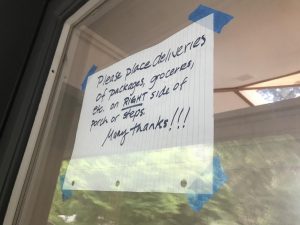
We stopped ordering take-out. We cook every night.
My sister and I haven’t seen our friends or significant others in person, nor have we left our house, since the shutdowns began in our area over two months ago. We are concerned that six feet may not be distance enough, and we know that guidelines allow only for “essential” interactions.
I used to get up at 6:30 am every morning and go to school, but my routine is different now. I wake up later. I make breakfast for my sister and bring her fluids in the morning so that she is able to get up. When she’s at her apartment at college, she can get into her wheelchair and wheel herself to her kitchen, but, now that she’s home, she needs our help because we have stairs leading to the kitchen.
This isn’t intended to be an article of complaints, but rather, one of information and immense gratitude. I am grateful for our amazing neighbor who brings us groceries and to those who have made us masks. I am grateful to the people who deliver our packages, to healthcare workers on the frontlines, to reporters informing us, to government officials who act to protect us, and to all essential workers putting themselves at risk so that we can stay safe. I am grateful to all who follow the CDC guidelines, who social distance and wear masks. I am grateful to my parents for doing everything they can to keep our family healthy and prepared and to my sister who does things to make life happy and normal for me, like baking a cake (even though she had never baked one before) for my 18th birthday. I am grateful to finally have some time to be with my family, the kind of time that had become rare and precious in our extremely busy schedules.
I still miss the old normal. I miss seeing many of the people I care very much about. I miss going to the movies and out to restaurants. I miss playing tennis with my team. I miss driving to school with the music on. I miss opening packages and putting away groceries without having to sanitize everything. I miss not having to constantly worry about my higher-risk family members. But I’m also trying to enjoy some of the new parts of our life. I take things day by day and try not to zoom out too far. I find things to look forward to, like cooking and eating dinner with my family, talking to my friends, studying with my screechy yet affectionate cat who crawls onto my computer, and even the occasional and completely necessary dance party with my sister.
I know that I will be here until the very last restrictions are lifted for those in higher-risk groups, but that’s what I want to do. Whether or not people wear masks and practice safe social distancing could mean the difference between life and death for people like my sister and my dad. It’s an adjustment, but it’s what we have to do, and I know that it is something we are capable of doing.


